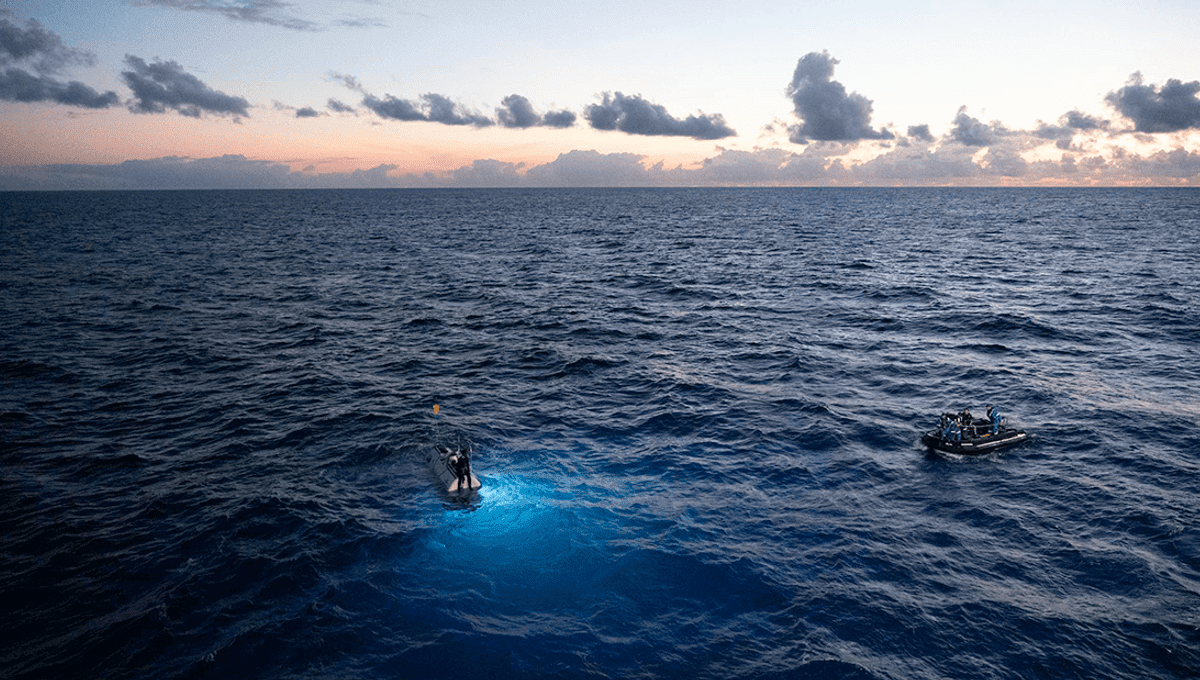
On the boundary of the Caribbean Sea and the Atlantic Ocean is the Puerto Rico Trench, the deepest in the Atlantic Ocean. Kilometers above it, the ocean’s surface is dipped slightly, pulled by an anomaly of Earth’s gravity.
If you drop an object there, it will fall slightly faster than elsewhere on the planet or in the surrounding area. Meanwhile navigation equipment can be thrown off by the anomaly, causing false readings for sailors in the area.
So what is causing the gravity anomaly, and are there any others like it?
How did we first discover gravity anomalies?
In 1671, astronomer Jean Richter traveled from Paris, France, to Cayenne, French Guiana in South America. With him, he took a pendulum clock. While the clock had been accurate in Paris, he noticed that in Cayenne it ran slowly, losing a full two and a half minutes every day. No biggie, the pendulum was shortened to make the clock accurate. However, when he returned to Paris he found that the clock was running too quickly, by two and a half minutes each day.
Though it may feel the same when you jump up and down in Brazil or Canada, the rate at which you fall is not uniform. What mathematician Christiaan Huygens realized after hearing of Richter’s clock was that it was experimental evidence that the Earth was rotating. Later, Newton showed using data from a similar pendulum clock and Jupiter’s equatorial bulge, that the Earth bulged at the equator due to the centrifugal force of its rotation, and estimated by how much.
Near the equator gravity acts upon you less than it does near the poles, as you are further away from the bulk of the Earth’s mass.
However, the gravity at the Puerto Rico Trench differs from the area surrounding it. It, along with several others like it around the planet, are what are now referred to as gravity anomalies.
What is a gravity anomaly?
Gravity anomalies are where an object observed in free fall accelerates at a rate different to the rate models of gravity for that location would predict.
At the Puerto Rico Trench, gravity has been found to be -380 milliGal, making it the biggest negative gravity anomaly on Earth. Another in the Indian Ocean is where gravity has been found to be lowest, compared to what was expected.
What is causing the Puerto Rico Trench gravity anomaly?
In 1977, geophysicist Peter Molnar attempted to find out what was causing this unexpected downwards force. Just as slightly higher gravity at the poles is due to being closer to the bulk of Earth’s mass, he knew a likely source: something huge and dense must be under the surface.
In a paper published in Geophysical Journal International, he explained that previous models of gravity had assumed that the thickness of the Earth’s crust (the lithosphere) was pretty uniform. Looking at the area, he realized that wasn’t the case, and that the anomaly was likely caused by a large “hanging flap” of the Atlantic lithosphere.
“The residual gravity anomalies are then consistent with the existence of a subcrustal dense mass, that could be the hanging slab of lithosphere,” Molnar wrote in the study.
“The value of this excess mass depends upon more arbitrary assumptions for the crustal mass in the Puerto Rico Trench and its landward wall, but if the other assumptions above are realistic, the dense mass is required and is adequate to bend the surface down at the trench.”
Though not the first to propose the slab of crust as an explanation, Molnar was able to provide estimates of the mass and size of the object causing the gravity anomaly above.
Source Link: The Puerto Rico Gravity Anomaly: What Is Happening Beneath The Deepest Trench In The Atlantic?